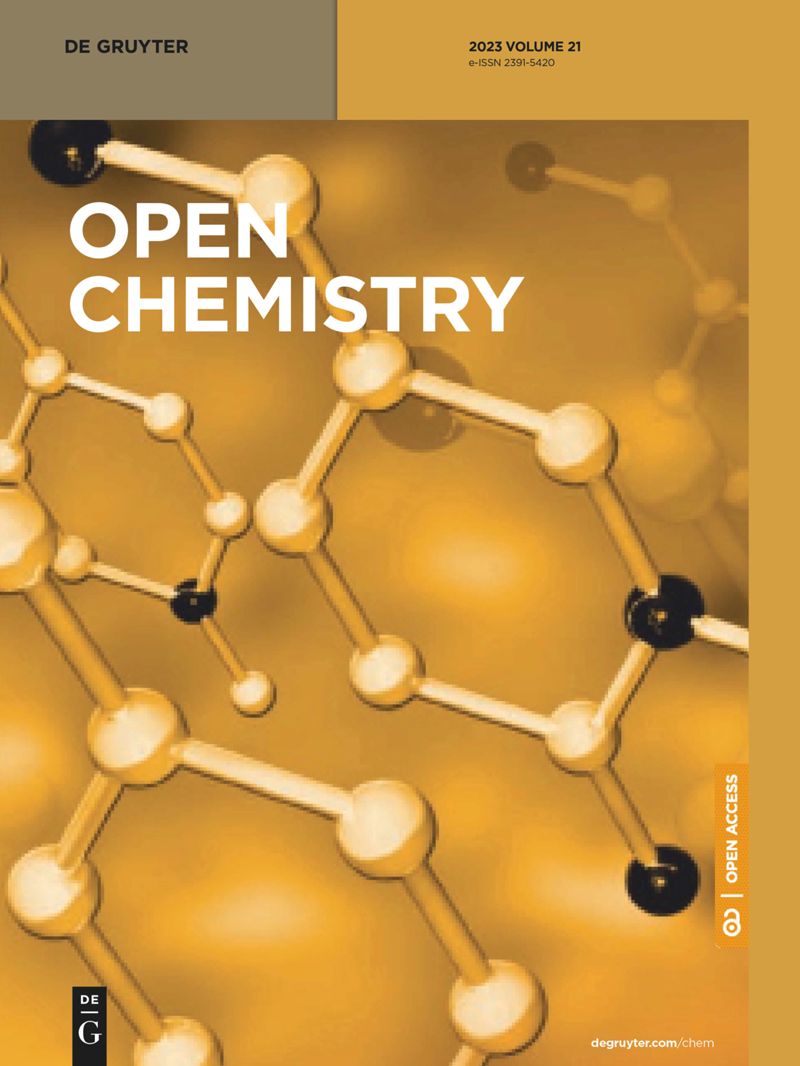Assessment of Se, As, Cd, Cr, Hg, and Pb content status in Ankang tea plantations of China
IF 1.9
4区 化学
Q3 CHEMISTRY, MULTIDISCIPLINARY
引用次数: 0
Abstract
Selenium (Se) is an essential trace element for humans. The Ankang tea plantation area in China is the best place for producing high-quality and Se-enriched organic tea. However, accumulation of potentially toxic elements (PTEs) in soil and tea leaves has attracted a lot of attention. Therefore, in this research, the content status of Se and five PTEs (As, Cd, Cr, Hg, and Pb) in soil and tea leaf samples collected from 88 Ankang tea plantations was studied. Results showed that the average Se content was 0.17 mg kg中国安康茶园中硒、砷、镉、铬、汞和铅含量状况评估
硒(Se)是人体必需的微量元素。中国安康茶园是生产优质富硒有机茶的最佳地点。然而,土壤和茶叶中潜在有毒元素(PTEs)的积累已引起人们的广泛关注。因此,本研究对从 88 个安康茶园采集的土壤和茶叶样品中 Se 和五种潜在有毒元素(砷、镉、铬、汞和铅)的含量状况进行了研究。结果表明,88 个茶叶样本中,硒的平均含量为 0.17 毫克/千克-1,硒的富集率为 25%;除一个样本中的铬超标 11.2%外,所有茶叶样本中的砷、镉、铬、汞和铅含量均符合中国无公害茶叶标准。56.82%的土壤样品中镉含量超过了中国农田土壤污染风险筛选值,因此这些土壤样品中镉的污染程度较高。此外,哈康森土壤砷、镉、铬、汞、铅潜在生态风险评估表明,安康茶园区处于中等潜在生态风险水平。这些结果将为安康富硒茶园的生态风险管理和安全生产提供理论支持。
本文章由计算机程序翻译,如有差异,请以英文原文为准。
求助全文
约1分钟内获得全文
求助全文
来源期刊

Open Chemistry
CHEMISTRY, MULTIDISCIPLINARY-
CiteScore
3.80
自引率
4.30%
发文量
90
审稿时长
6 weeks
期刊介绍:
Open Chemistry is a peer-reviewed, open access journal that publishes original research, reviews and short communications in the fields of chemistry in an ongoing way. The central goal is to provide a hub for researchers working across all subjects to present their discoveries, and to be a forum for the discussion of the important issues in the field. The journal is the premier source for cutting edge research in fundamental chemistry and it provides high quality peer review services for its authors across the world. Moreover, it allows for libraries everywhere to avoid subscribing to multiple local publications, and to receive instead all the necessary chemistry research from a single source available to the entire scientific community.
 求助内容:
求助内容: 应助结果提醒方式:
应助结果提醒方式:


